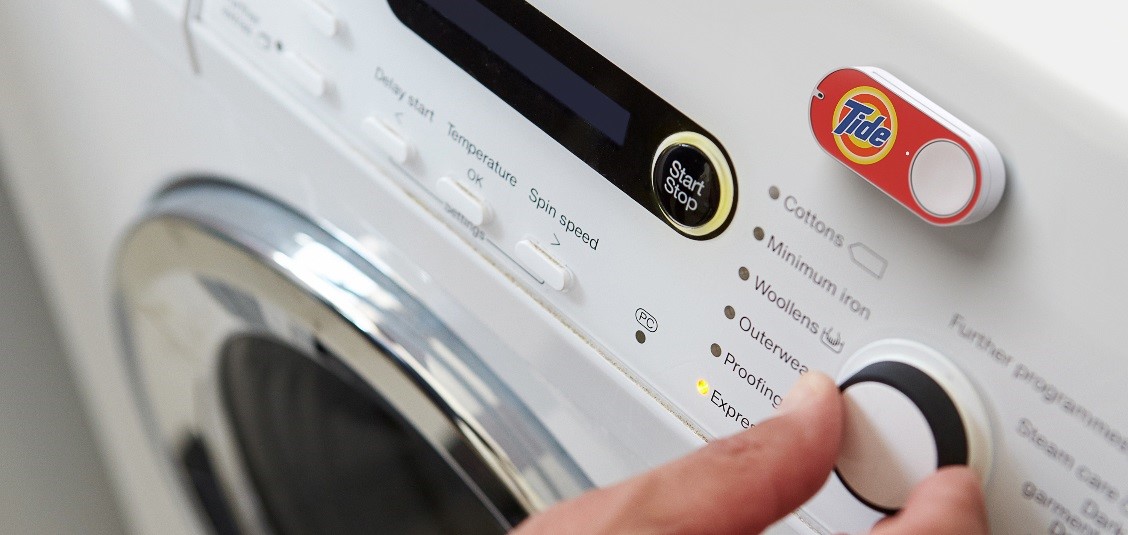The Navigating the Internet of Things Forum held in Sydney earlier today promised how businesses can navigate the technologies that promise to change society and – more specifically how can Australian enterprises use the IoT – sadly it didn’t quite deliver.
On the panel, sponsored by Telstra and held in the telco’s Sydney Experience Centre were the Australian Computer Society’s CEO, Andrew Johnson; Uber’s Sydney’s city lead, Glenn O’Sullivan; ZappQ founder Naomi Henn and the man responsible for the entire Internet of Things label and creator of WeMo, Kevin Ashton.
To start with the panel was very much consumer focused with talk around connected fish tanks, spa baths and discussion around the now defunct home automation service Ninja Blocks. It wasn’t until Ashton mentioned the use of autonomous vehicles in Rio Tinto’s Australian mines that the discussion of industrial uses really came into play.
“The most powerful applications in the IoT are in manufacturing and logistics”, said Ashton who also noted during the privacy discussion how “government are conflicted when it comes to protecting our data.”
Ashton’s point was well made given the audience questions were also largely about the privacy and security aspects of the IoT, an important issue highlighted by a story today on how police wearable cameras are being shipped with known spyware installed.
One other key aspect was the skills shortage. Ashton noted that data scientists are going to be the profession most in demand in an age where almost every device is collecting information with the ACS’s Johnson flagged how it will be the consultants and IT support industry that will have the task of rolling out the IoT to the small business community.
Ultimately though the Navigating The Internet of Things forum didn’t really hit its mark. Any manager or company owner hoping to understand how the IoT would help their business would have left the room as uncertain how these technologies were going to affect them as how they would have started the day.
One of the things that’s missing at events like this are people actually using these services or supplying the products. During the introduction to the event, Telstra manager Mark Chapman described how Adelaide City Council is piloting the company’s Cumulocity platform using Libelium sensors.
Libelium is one of the good stories on how the IoT is changing cities and businesses, something that founder Alicia Asin described to Decoding the New Economy three years ago.
Describing how the Internet of Things will change businesses requires hearing more from people like Asin and those delivering the products and services driving the evolutions in today’s society.
Sadly, those voices were missing on today’s panel. If the opportunities presented by the internet of things are going to be realised, then the people finding real results with the technologies today need to be heard.

Leave a Reply